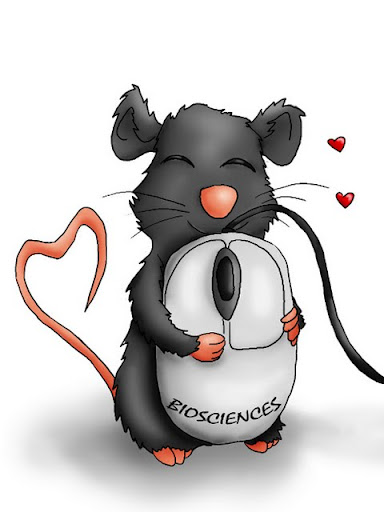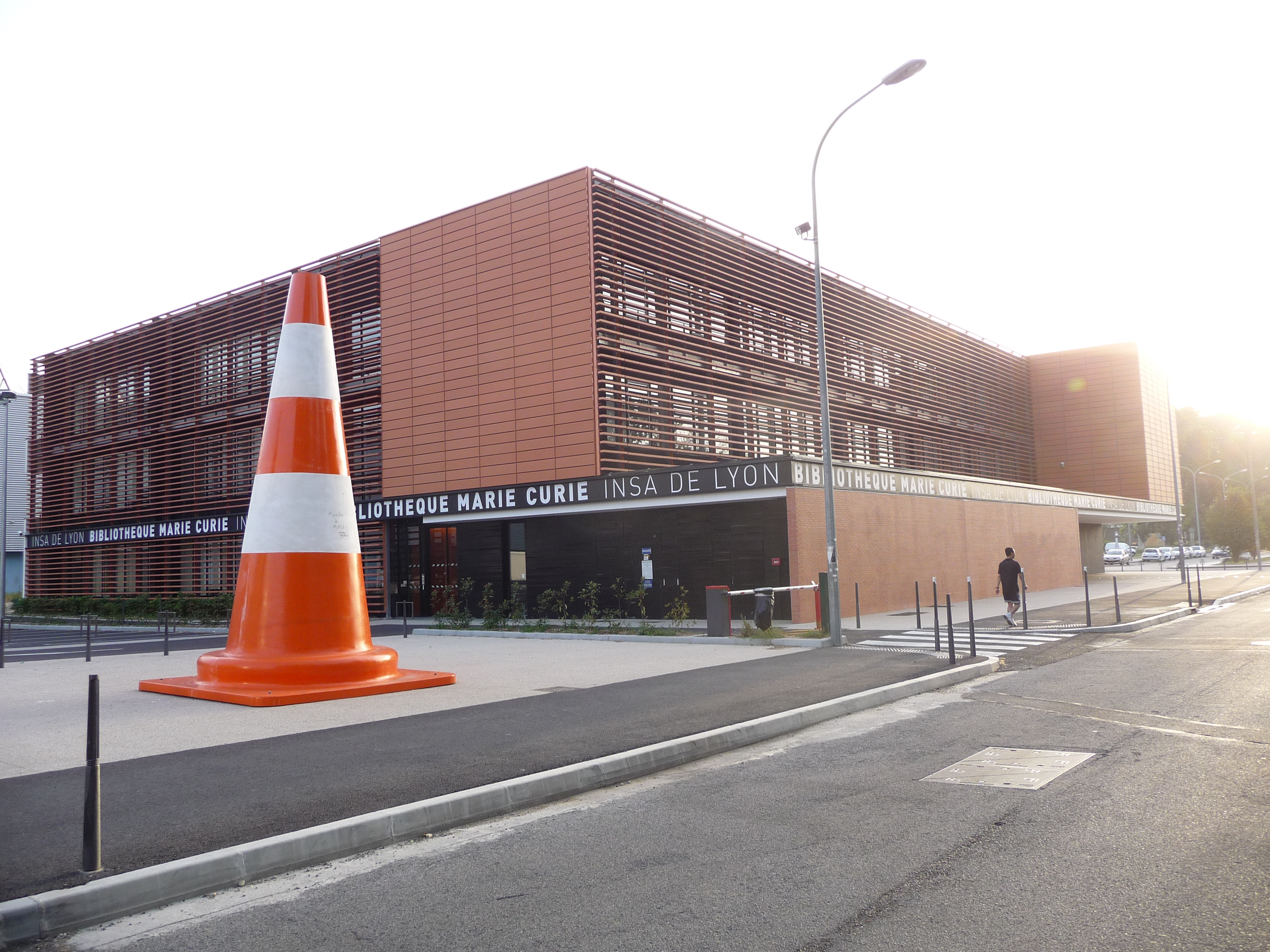Team:INSA-Lyon/Team/Insa
From 2010.igem.org
The INSA !
INSA : Institut National des Sciences Appliquées, which means National Institute for Applied Sciences. It's a network of five after-Baccalauréat (french “A” level) engineering schools. They are located in five important french cities : Lyon, Renne, Toulouse, Rouen and Strasbourg. Today, there are almost 52,000 engineers who were trained by INSA. The proposed specializations are very various : about chemistry, mechanics, civil, electric, and material engineering among others. They are public engineering schools.
INSA engineering school of Lyon is the oldest INSA. Its construction was quick and the courses started at the end of 1957. The first buildings were on a swamp. Then, the swamp has been gradually constructed with new buildings for room classes, accommodations and research laboratories. Today, INSA Lyon set 12 different specializations after the 2 years of preparation classes.
The Student life is an important part of the school after classes. There are more than one hundred student associations. The students organize a lot of events like the Raid, the 24 hours of INSA,...Then, people can acquire scientific skills but also humans skills in order to become a complete engineer.
Students with a high level in sports can enjoy rearranged timetables so they can go on with it. Next to the scientific education, other students choose to follow music, art, danse or theatre classes. The international opening is not neglected either: there are four international sections during the two first years of preparation. Those special sections welcome students from all around the world :
- Amerinsa (for the latino american area),
- Asinsa (for the asian area),
- Eurinsa (for the european area)
- SCAN (most of classes are taught in english).
There is about 30% of international students.

Our speciality: Biosciences, our departement is divided in two sections Biochemistry and Biotechnologies engineering, and Bioinformatics and Modelisation engineering. At the end of the five years in our school, we graduate with a master of engineering in Biosciences.
It is one of the youngest department of the school and the smallest, less than 200 students. It has been created at the request of Charles Mérieux then president of the Biomerieux company, an important biochemical industry originally from Lyon. Moreover, Biomerieux is for this year our most important sponsor for the iGEM competition via the INSA Foundation Biomerieux.
 "
"



